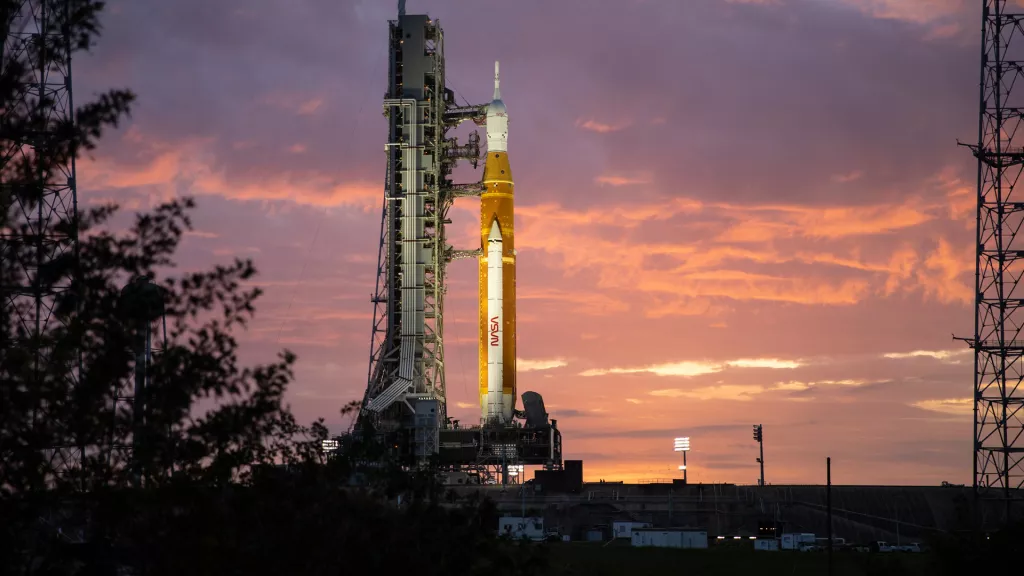On Thursday, May 6, local time, NASA officials announced that the fourth pre launch state training (WDR) of facilities and equipment will be conducted for the first launch vehicle for the mission to return to the moon in June. If the key test goes well, the mission is expected to be carried out as early as August.

The launch vehicle is called the space launch system (SLS) rocket, with a manned capsule named "" on the top. They will be combined with the so-called Artemis 1 mission, the first unmanned mission back to the moon. In mid March, SLS rocket and Orion spacecraft It was sent to launch pad 39B of NASA Kennedy Space Center (KSC) for WDR test, including filling SLS with propellant.
The WDR test started on April 1 and should have ended in two days. However, the mission team encountered several problems during the test, including the stuck valve on the mission mobile launch tower and the hydrogen leakage of the pipeline connecting the launch tower and SLS, which delayed the WDR test and finally stopped completely after three failed propellant filling.
On April 25, members of the Artemis 1 mission team removed the rocket from the launch pad and returned it to the assembly building (VAB) to investigate the problems found during the test and make necessary repairs. NASA officials confirmed Thursday that the testing and repair work is progressing smoothly.
NASA said the mission team had replaced the faulty valve and found out why it was stuck: a piece of rubber fragment affected its normal sealing. Agency officials said the debris did not come from the valve and its source is still under investigation. At the same time, helium leakage is likely to be caused by the slight loosening of pipeline bolts due to the compression and contraction of sealing gasket.
The mission team is currently returning the SLS rocket and Orion capsule to the launch pad. They expect the stacking to be completed soon in preparation for the fourth WDR test. "We are now studying the next WDR test from early June to mid June," said Jim free, deputy director of NASA and head of the exploration system development mission Committee
Frey added that if the test is carried out according to this schedule, NASA will need to launch the rocket from VAB by late May. Because after installation on the launch pad, the mission team needs 12 to 14 days to prepare for a series of tests.
Frey believes the fourth test will make greater progress, but admits that "it may take more than one attempt to complete all tests". He also stressed that it was not surprising to encounter problems in evaluating the new launch system. He cited several other examples, including the space shuttle, which conducted WDR tests in December 1980 but did not launch for the first time until April 12, 1981.
"It's a huge challenge to put these new systems and complex vehicles into use. Of course we know the progress of our project, but I think there are still possible past problems," Frey said
NASA will not set a target launch date for Artemis 1 until the WDR test is completed and the result data are analyzed. However, fritti to August may be the earliest launch period at present.
In Artemis 1 mission, NASA will use SLS rocket to launch unmanned Orion spacecraft to fly around the moon for about one month. This is the first mission in NASA's Artemis return to the moon program to ensure that both SLS and Orion are ready for manned flight. If Artemis 1 goes well, Artemis 2 will send astronauts to the moon in 2024, and Artemis 3 will land near the south pole of the moon around 2025.
NASA's return to the moon program is facing competition from SpaceX. The Elon Musk company is developing a rocket plus spacecraft system called starship, which is higher and more powerful than SLS. SpaceX is waiting for the Federal Aviation Administration (FAA) to approve the first orbital launch of its interstellar spacecraft, but the orbital test has been postponed several times due to environmental assessment. (small)